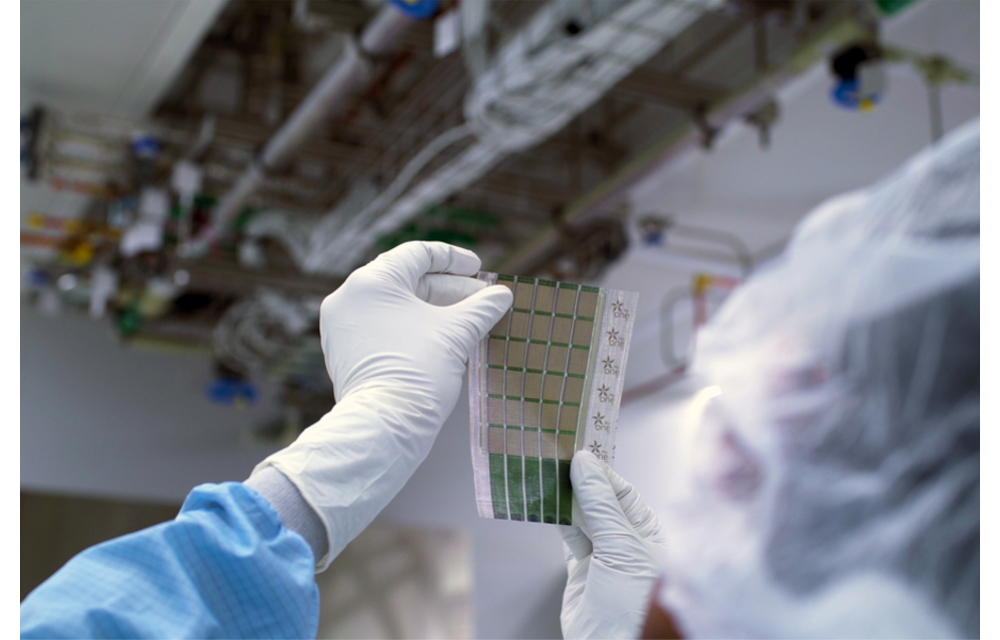- Ultralight fabric solar cells developed by MIT can be installed on any surface to generate electricity
- The team used a strong fabric called Dyneema to print the solar cells using scalable fabrication techniques
- It can have several applications including use on tents and tarps in disaster recovery operations or sails in the sea
- Team is now working on developing an ultrathin packaging solution to encase these cells, instead of using heavy glass
Massachusetts Institute of Technology (MIT) has developed ultralight fabric solar cells using screen printing method that can be installed on any surface to turn it into a power source, with potential to be scaled to large-area manufacturing in the future.
Goal of the team was to develop entirely printable thin-film solar cells using ink-based materials and scalable fabrication techniques.
The thin-film cells produced by the researchers use nanomaterials in the form of printable electronic inks, coating these using a slot-die coater to deposit layers of the electronic materials onto a prepared, releasable substrate only 3 microns thick.
Further, an electrode is deposited on the structure to using screen printing creating a module about 15 microns in thickness, which is then peeled off the plastic substrate. To ensure these thin cells do not tear, the team opted for fabrics as a high-strength substrate to provide mechanical resilience and flexibility with little added weight.
Using a fabric called Dyneema weighing 13 grams per sq. mtr., the team then deposited the ultralight cells on the fabric by adding a layer of UV-curable glue thus forming an ‘ultralight and mechanically robust solar structure’.
“While it might appear simpler to just print the solar cells directly on the fabric, this would limit the selection of possible fabrics or other receiving surfaces to the ones that are chemically and thermally compatible with all the processing steps needed to make the devices,” explained Co-Lead Author of the research and an electrical engineering and computer science graduate student at MIT, Mayuran Saravanapavanantham. “Our approach decouples the solar cell manufacturing from its final integration.”
Freestanding, the device could generate 730W of power per kg but with Dyneema fabric it generated about 370W per kg, around 18 times more powerful per kg than conventional solar cells.
The team sees their applicability in a variety of surfaces as integrated onto the sails of a boat to provide water at sea, adhered onto tents and tarps in disaster recovery operations, or applied on wings of drone to extend their flight range.
MIT researchers are now working on an ultrathin packaging solution to encase the solar cells to protect these, to avoid encasing them in heavy glass.
“We are working to remove as much of the non-solar-active material as possible while still retaining the form factor and performance of these ultralight and flexible solar structures,” shared Research Scientist in the MIT Research Laboratory of Electronics, Jeremiah Mwaura. “This would accelerate the translation of this technology to the market.”
Their research has been published in scientific journal Small Methods.















